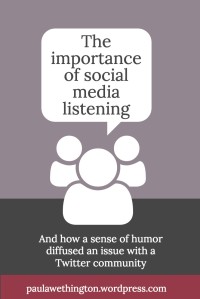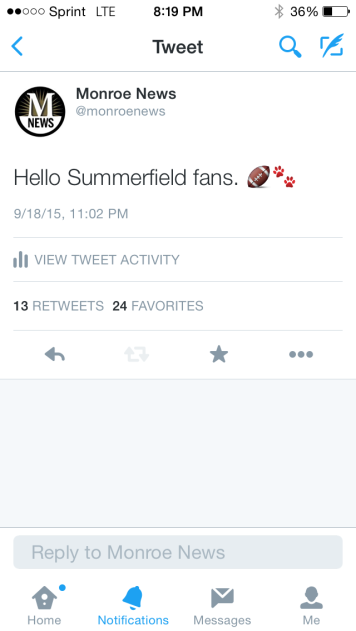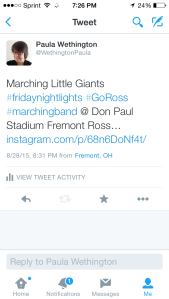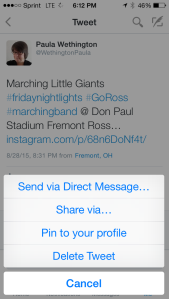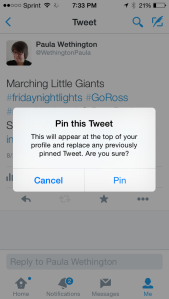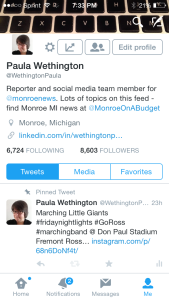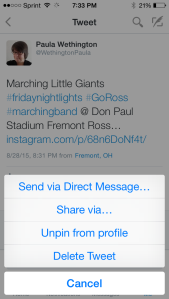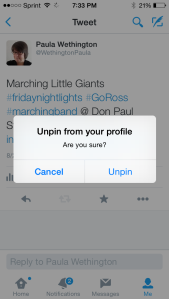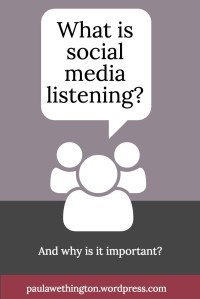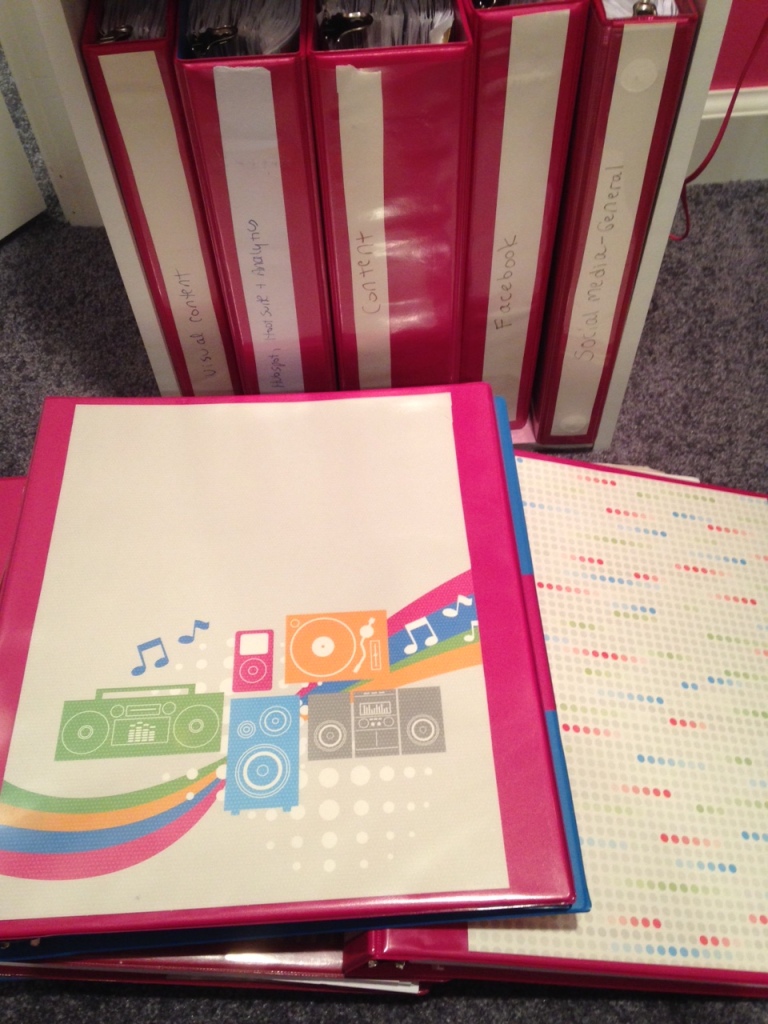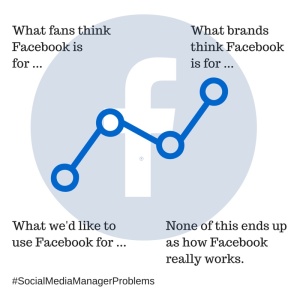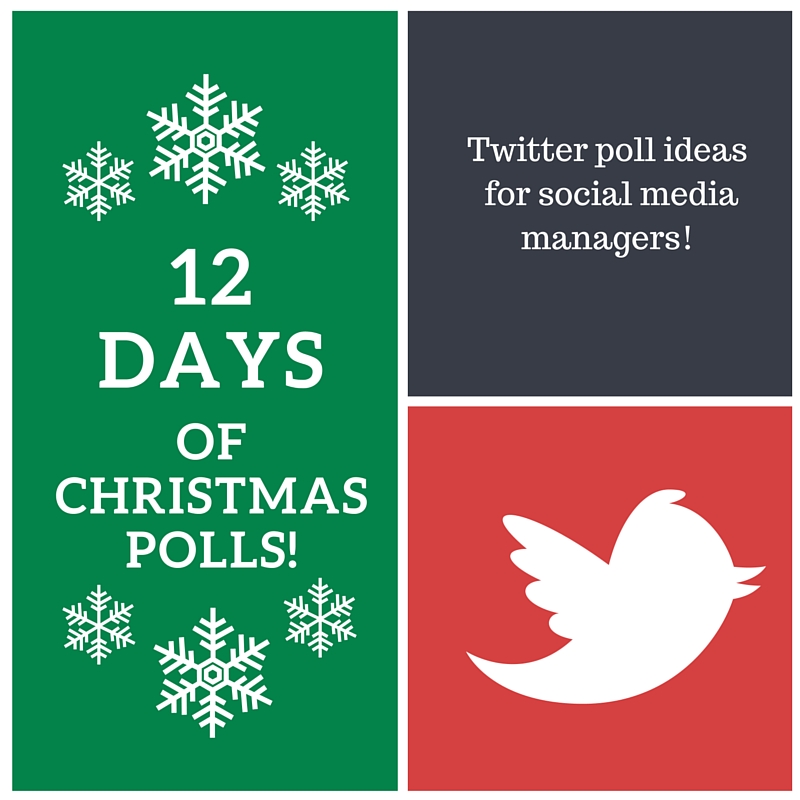 By Paula Wethington
By Paula Wethington
Have you tried out the Twitter poll feature?
I wrote a just for fun poll for Halloween and another one for Thanksgiving on a newspaper account that I manage, and we had good responses on both. Specifically: there were 77 replies for Halloween and 143 for Thanksgiving on an account that has about 12,500 followers.
Beyond simply interacting with the audience, it became a user generated content tactic because I reported on the results of our polls in the newspaper and on our Twitter feed.
The older “Twitter voting” tactics are still valid. Specifically, I expect that you’ll continue to see “fav for … RT for …” conversations from certain brands because those social media managers know the retweets result in a boost in organic views and traffic from fans.
But Twitter polls are easy to create. In addition, the features include results in real time for you, and a reply to the participants at the end of the poll so they can see the final counts.
The tricks to creating a successful Twitter poll include:
- Pick a topic that has a general interest among your active followers.
- Keep the question and replies short.
- Launch the poll when you know your followers are likely to see and respond in real time. You’ll get the first responses in a matter of minutes; and the cutoff time is 24 hours.
- Avoid topics that are sensitive or nuanced. You can address those topics in other ways.
- Ask “this or that,” avoid using “other” as a reply.
- Don’t use a poll to criticize or call out your competition.
- Consider retweeting the poll on your secondary or partner accounts after launch.
- Consider “pinning” the poll on the top of your profile while it is running.
Now that you understand what the poll option is and how it works, here are some scripts that you can use for the holiday season. Twitter polls originally allowed just two replies, but play around with it. I used a three reply question at Thanksgiving and have seen one on another account that used four replies. The Next Web also has confirmed that Twitter was testing updates to the poll feature.
Christmas season poll questions
Did you find a Black Friday deal worth bragging about? (Change this up to Small Business Saturday, Cyber Monday or Free Shipping Day as appropriate to your audience)
- Yes.
- No.
The first Christmas cookie you eat from the tray is in shape of:
- Star.
- Tree.
- Santa.
What name do you give the man in the red suit?
- Mr. Claus
- St. Nick.
- Santa
Favorite Christmas color palette? (Pick the options that will get the fastest replies from your followers. Are they interested in Disney characters, do they enjoy the outdoors, what color schemes do you see on their home exteriors?)
- Red and white.
- Red and green.
- Cranberry and evergreen.
- Gold and white.
- Silver and gold.
- Ice blue and white.
- Pink and teal.
- Purple and gold.
- Green and brown.
When does your family open Christmas gifts?
- Christmas Eve.
- Christmas Day.
What goes on the top of your tree?
- Angel
- Star
- Bow.
What colors are your Advent wreath candles? (The wreath tradition has faded out in favor of Advent calendars, but if this custom is known among your audience this is a good question.)
- Blue and pink.
- Purple and pink.
Your Christmas tree is:
- Real.
- Fake.
- Don’t have a tree.
Your Christmas dinner entrée is: (pick the foods known to be favorites among your audience.)
- Turkey.
- Ham.
- Tamales.
- Roast beef.
- Fish.
- Lasagna.
- Other
What is your favorite Christmas candy?
- Chocolate.
- Peppermint.
Does an Elf visit your home before Christmas?
- Yes
- No.
- What are you talking about?
How much snow do you want to see at Christmas?
- None.
- 1 to 2 inches.
- Blizzard conditions. (Use the phrasing your audience is familiar with for extreme weather conditions. For example, “Level 3” is known among Ohio residents as the point when roads are closed to all non-emergency personnel.)
If you like this post, follow me on Twitter or Pinterest where I also discuss and link up social media topics.
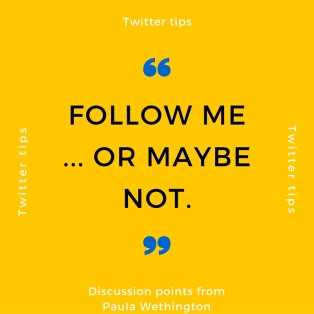 By Paula Wethington
By Paula Wethington